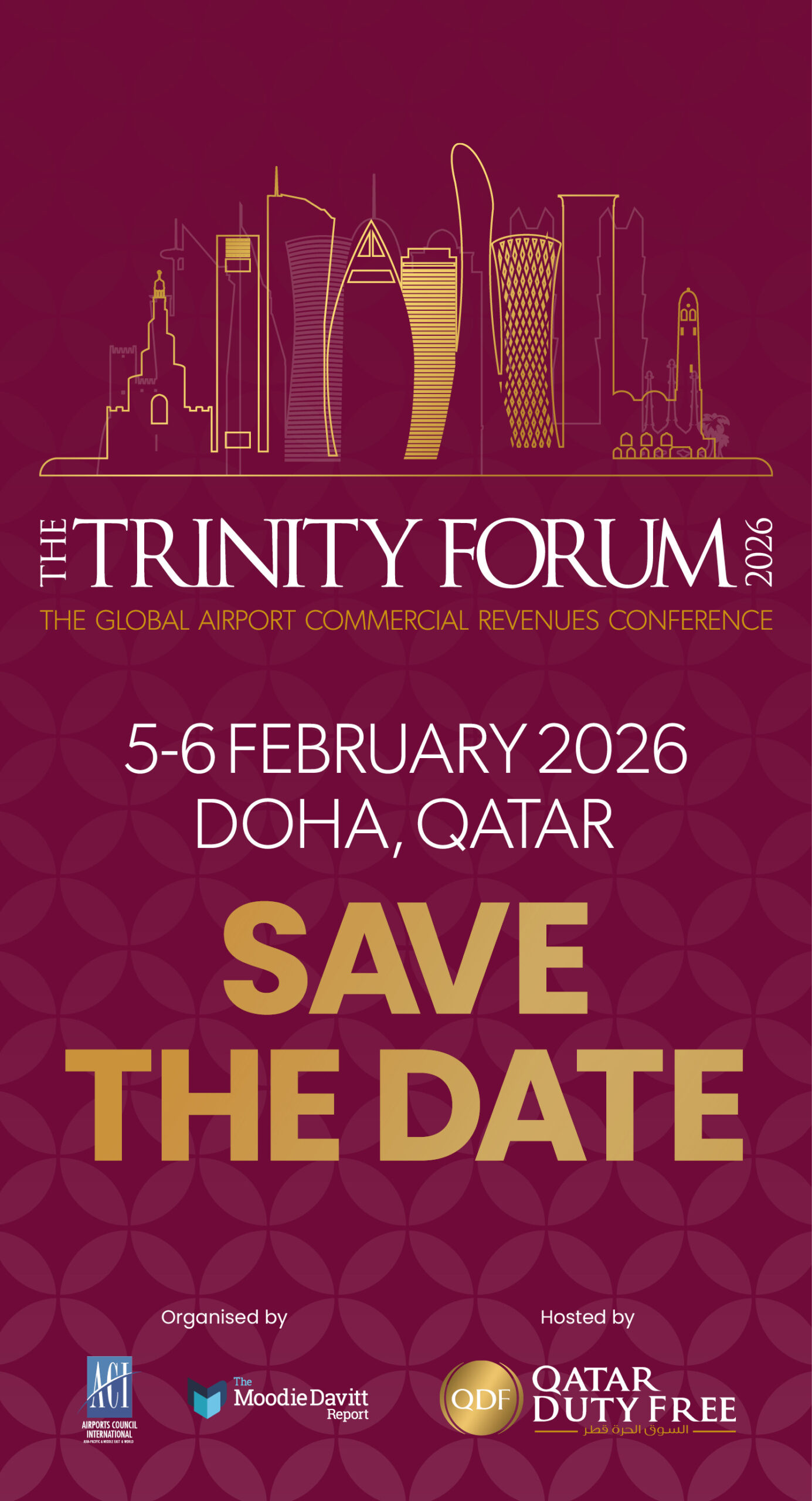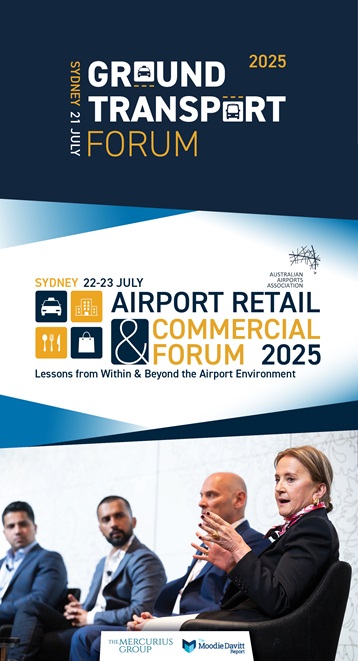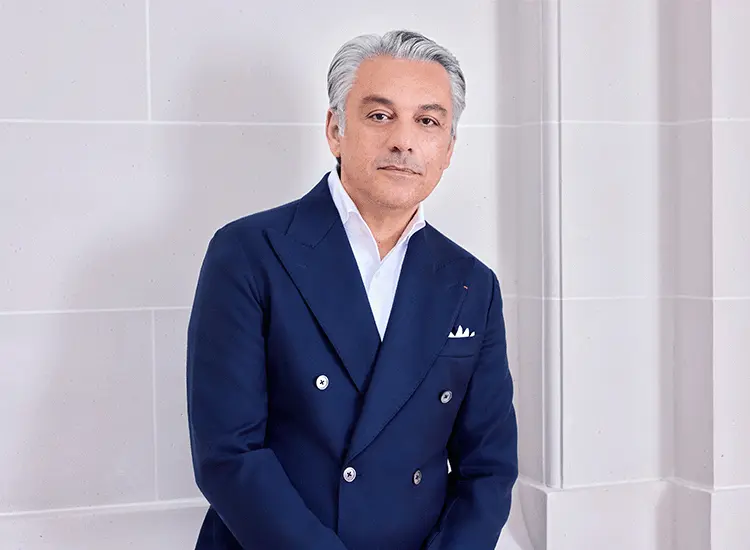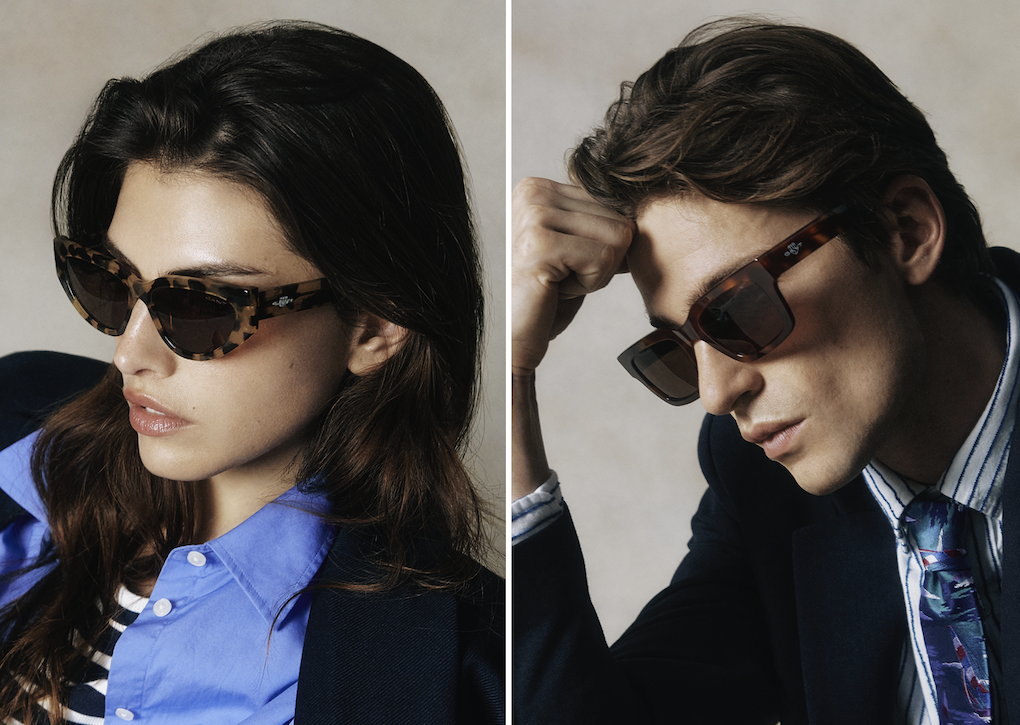 |
“Travel retail is and will always be a priority.“ |
Roberto Vedovotto President & CEO Kering Eyewear |
Introduction: In September 2014, French luxury conglomerate Kering announced that it was bringing most of its eyewear business in-house.
It was a major step on every level. Until then, nine out of 11 Kering eyewear brands had been managed through licence agreements (with five different partners), generating consolidated royalties of approximately €50 million. Kering’s partnership with its major partner, Safilo, included eyewear licences for such lustrous names as Gucci, Bottega Veneta, Saint Laurent and Alexander McQueen.
The decision to repatriate the brands in-house followed a lengthy assessment of growth prospects in the burgeoning eyewear category, particularly in the luxury and sport & lifestyle sectors that Kering’s main brands are part of.
“The global eyewear market for frames and sunglasses is growing double-digit in the premium high-end segment,” Kering stated at the time, pointing to a €350 million group business that made it one of the sector’s big five players.
The biggest buzz in terms of the announcement involved Gucci eyewear, with Kering and Safilo agreeing to terminate the brand’s licence agreement two years in advance (by 31 December 2016), for which Safilo will receive an eventual €90 million in compensation.
The two groups also announced an initial four-year strategic product partnership agreement from January 2017, covering the product development, manufacturing and supply of Gucci eyewear products by Safilo.
The man charged with driving the newly formed entity, is President & CEO – Kering Eyewear Roberto Vedovotto, who spoke to Martin Moodie earlier this month.
Roberto Vedovotto lays his markers down quickly. Kering Eyewear is a dedicated company, not a division of a luxury group, In fact, he says, it’s not simply an eyewear company but a luxury eyewear house. Vedovotto, appointed to the role of President & CEO of Kering Eyewear is a man on a mission and he’s treating it with appropriate intent.
Kering Eyewear celebrated its first anniversary on 1 October, a fledgling first of what will undoubtedly be many landmarks in the evolution of a company born out of Kering’s recognition that eyewear is an important category with almost limitless potential.
It ticks several other boxes too. Eyewear is profitable, growing (but from a highly stable base), and it offers particularly rich opportunities in sectors where Kering is strong and focused – luxury and sport & lifestyle.
The logic of repatriating the brands in-house was compelling, Vedovotto points out. The historic arrangement meant that one of the world’s largest luxury fashion & accessory groups, with a hugely powerful portfolio of brands, was managing a key category largely through licence agreements. It simply didn’t make sense and Kering CEO & Chairman François-Henri Pinault’s determination to create additional value found logical expression in the move in-house.
“If you take into consideration what our brands were doing one year ago under these agreements, we were already a pretty strong business,” says Vedovotto. “We had over €300 million of revenues, the majority of which was coming from Gucci, with huge potential for the other brands.”
 |
“When I travel to Heathrow Terminal 5, I don’t feel I am in an airport. I don’t feel I am in a travel retail environment. I feel I am in a major shopping distinct, street or avenue of the world!“ |
Roberto Vedovotto President & CEO Kering Eyewear |
With most of the licensing agreements coming up for renewal, allied to the existence of a strong and experienced Kering management team and who wanted to do things a different way, the direction was clear.
“This is actually the first company within our group that does a category across all brands,” says Vedovotto proudly. “Mr Pinault told us, ‘Guys, we really would like you to do three main things. The first is to make sure that you create projects that are much more aligned to the brands’ DNA and to what our brands do in the other categories.'”
The second was to ensure that quality was always the top priority, based on Pinault’s concern that on occasions licensee-produced products had not been up to the standard that their upscale price-points warranted.
“And number three,” continues Vedovotto, “he said, ‘I see our products in the eyewear category in places where potentially it is better not to be. So make sure that you have very selective distribution.’ ”
With those golden principles enshrined in its corporate ethos, Kering Eyewear began life in style, launching the initial collection on 30 June at a spectacular event in the Palazzo Grassi in Venice. “We started our sales campaign on 1 July and we’re fully up and running,” says Vedovotto with a smile.
From here, there’ll be no looking back. Kering truly has its eyes set on the future.
INTERVIEW
The Moodie Report: Tell us about the role of travel retail for Kering Eyewear.
Roberto Vedovotto: Cannes and travel retail are very important for us because in terms of distribution and sales, we want a different model. What I mean is that our company will be really focused on centralised sales. So the so-called share channels – i.e. the channels which we share with our brands’ other categories (the directly operated stores (DOS), the travel retail shops and the department stores) are the key to our future development.
Travel retail is and will always be a priority. It is key for us to develop this channel, to offer the best and, very importantly, to provide the best service in the industry.
When you evaluated the channel, and given what your Chairman said about seeing your products sometimes where they shouldn’t be, how did you perceive travel retail? As you know, it can be very good but also very average. How selective are you going to be within travel retail?
We’re going to have the same approach that we have for the other channels; i.e. our brands are luxury, high-end brands – even with our sport and lifestyle brands – so we want to be selective. If we go by your distinction, of course we want to be only in the best environments in terms of travel retail. However, we do think that travel retail, in general, is improving overall.
What’s been the reaction of the market to your new set-up?
We have received a lot of interest from the major travel retail operators. And we look with a lot of interest at some of their initiatives, not only in duty free, but also within, let’s say, the tourist city environment. For example, what DFS is doing in Venice [at the Fondaco dei Tedeschi building on the Grand Canal -Ed] is extraordinary.”
It’s an interesting principle that DFS is espousing. They’re effectively a downtown luxury location, but very much targeted around that international person on the move, as distinct to possibly a Galeries Lafayette in Paris that does sell to a lot of travellers, but isn’t a dedicated travellers’ store per se. Do you see a differentiation between the two? Or do you see a convergence between domestic and travel retailing?
Probably the way the industry will evolve is towards a convergence.
You know, I’ve been travelling many, many years now, and if I think about the way travel retail was before and the way it is now, it is unbelievable. When I travel to Heathrow Terminal 5, I don’t feel I am in an airport. I don’t feel I am in a travel retail environment. I feel I am in a major shopping distinct, street or avenue of the world!
The way the stores are done; the assortment you find; the service they provide; it’s really, really something. If I think back five”¦ even three years ago, you would never imagine it.
What is also interesting to me is that I hear more and more people say that they are happy to go to the airport because they want the experience. And that they’re not so upset if flights are delayed because they have a lot of things to do. It was not like that in the past.

How much is your approach to the channel changing now that you’re in control of everything?
Basically, everything, in the sense that we have changed the relationship with our brands from a licensing perspective to something completely different.
What I mean by that is that we have a much closer relationship with our internal brand associates, starting from design, product development and creativity, because we’re not perceived anymore as an external counterpart, but as colleagues. That brings therefore a higher degree of confidence, freedom, information-sharing, commitment and collaboration. That covers all aspects of the value chain, from supply”¦ to brand management marketing.
And we can share best practices not only with our own category, but also together with our colleagues at the brands for the other categories. So in terms of retail environment, we can certainly invest more and better in terms of the final consumer. We hope that we will feel the difference in establishing practices that are more aligned with the brands’ DNA and in environments specific to this category.
So it is the overall holistic approach that is changing from being a licensor, where you’re an external party, into being colleagues and working together to ensure that you get to the best result together.
In your career you’ve taken on many big challenges. How does this one compare?
This one is more challenging that the others, because it is very much entrepreneurial, and because it’s creating something from zero. It’s creating a start-up in consumer goods, which doesn’t happen much these days – most of the start-ups are in new media, Internet, and all that.
Doing a start-up in a product like this is pretty unique. It is exciting, because I could not have been luckier to have a better shareholder and boss than Mr Pinault whom principle of ‘Empowering imagination’ is clearly deployed into this initiative. It’s something which he really believes in and there is nothing more than empowering your imagination in a very developed industry to do something like this.
It is interesting and I consider myself very lucky, because creating everything from scratch means I have the opportunity to hire the best team available.
When we started a year ago we were four people. We are now about 170 and we’re going be 268 by year-end.
It’s really interesting because you used the word ‘entrepreneurial’ and yet you are part of a very significant corporate. You used ‘start-up’ but you’re a startup with really established brands.
Established brands and business, yeah. It’s different, it’s different!
And that’s got to be an exciting place to be, like a child in a sweet shop?
Exactly. That’s precisely right, Martin.
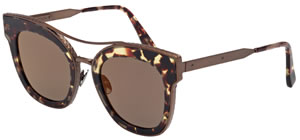 | 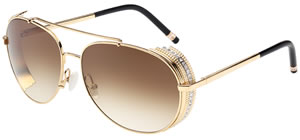 |
The brand will continue to evolve in style and design once the building blocks are put in place | |
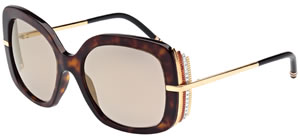 |  |
 | 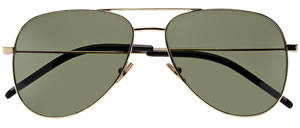 |
So the first year is I guess about putting the building blocks in place and beginning the roll-out. What’s next?
We’re exceeding our expectations in the first year. Next year will be very important, because we will have our second and third collections for summer and for winter 2016 and, of course, it will be a very important year because it is the year of the Gucci transition.
Gucci eyewear is the most important brand in eyewear. It is the category killer and, by far, the largest brand in our category.
So we’re going to be working closely with Safilo in order to have the best possible transition, because from January 2017 we’re going to be presenting Gucci eyewear to the market.
The core focus is Gucci, but the rest of your portfolio is also very strong. Do you see yourself extending the line-up further?
No, at the moment it is where we want it to be. Remember that we have introduced three additional brands, which were not active in eyewear – Brioni, Tomas Maier and Christopher Kane.
And then we will also, as I said, very much focus on the Gucci transition. Going forward we think that there is a lot of potential within the portfolio of brands that we own as Kering. Therefore, selectively, we will keep expanding the portfolio. At the moment we have 22 brands [in Kering]. In eyewear we currently have 11 and Gucci will make 12. So, slowly, we will probably consider the possibility of introducing additional brands.
Yes, it will be interesting to monitor the changing internal dynamic now that it’s no longer a licensee proposition. I’m sure other brands are going to be knocking on your door “¦
They’ve done already. But for the moment our focus is on our own brands.
How do you see the state of the travel retail channel at the moment?
I think that it is probably one of the most promising channels in the retail environment, for sure. I’m very positive about the channel.
It’s been a tough year in travel retail, though possibly eyewear has not been as affected as some other categories. But you’ve had the Chinese situation with the clampdown on luxury consumption, the Russian Rouble issue and currency crises just about everywhere.
I don’t look at it from the perspective of the next six to 12 months. I tend to have a longer-term perspective.
As you know, there is always volatility due to external factors, including macroeconomics. But as you said, eyewear is somehow insulated, because it is a relatively low price point. It is very much an inspirational product and the interesting thing is that it does preserve the characteristic of having a high conversion rate. So that’s why I am positive.
Now, that said, I hope I don’t come across as saying I’m super-optimistic and everything is easy, because it is not in fact. But I am very positive about travel retail.
The good thing for us is that we are introducing completely new products – somehow unexpected products in terms of style and quality – and we’re also introducing brands that have had almost no presence in this channel which are progressing well and becoming very strong. I refer, for example, to Stella McCartney and Alexander McQueen which have a very interesting potential.
It’s a very competitive channel too.
Very competitive! The players in our industry are very strong; for example Luxottica has been very, very strong. I have a lot of admiration for what they have done and what they continue to do.



